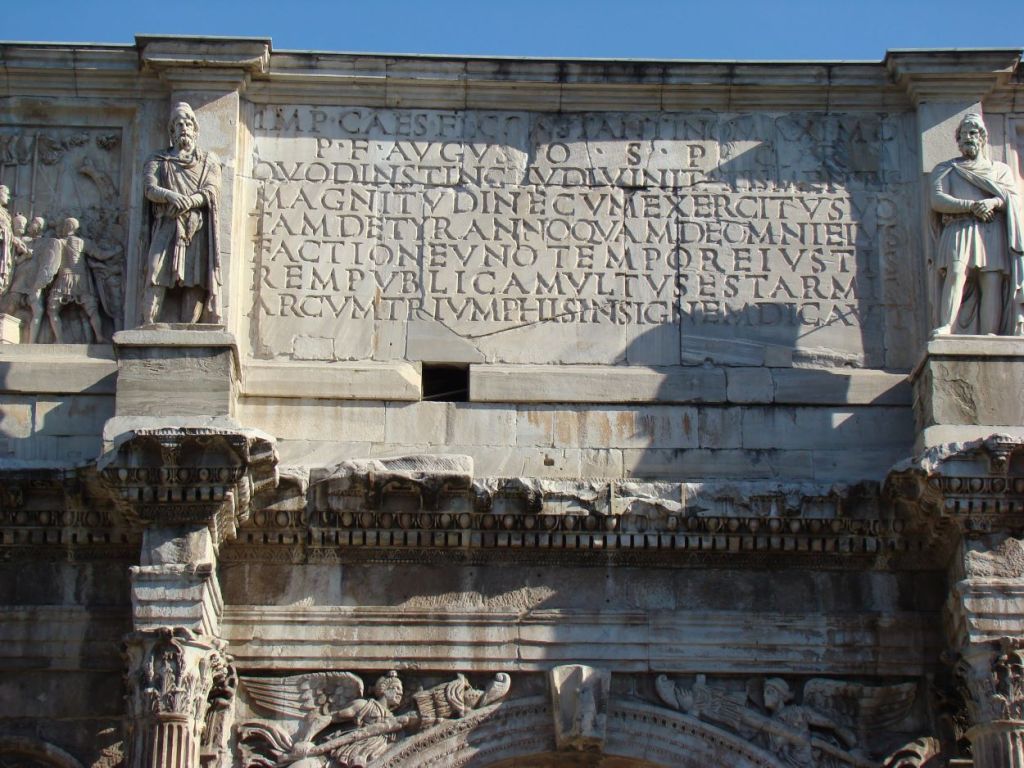In going through some of my photos of Athens, Greece, I came across a shot I had taken of a bust of Antoninus Pius.

Antoninus Pius. Reigned A.D. 138-161. Photo ©Leon Mauldin.
My priority in the limited writing I’ve done on Roman Emperors has been to deal with those who reigned during A.D. 1st century, i.e., those that intersect with biblical history. For example, click here (“Roman Emperors During the Gospels and Acts) and here (“Emperor Galba: the Year of Four Emperors). But here we offer at least a brief introduction to the life and reign of this 2nd century emperor, Antoninus.
Antoninus Pius was born in A.D. 86 at Lanuvium in Latium. He spent his youth at Lorium, not far from Rome. He married Annia Galeria Faustina. When Lucius Aelius Caesar, Emperor Hadrian’s (r. A.D. 117-138) adoptive son and heir died in January 138, Hadrian then adopted Antoninus, February 25. Antoninus ascended the throne upon Hadrian’s death, July 138.
Michael Grant states that Antoninus’s “deferential attitude” to the Roman senators “prompted them to confer on him the unusual title of ‘Pius’, honouring (sic) his religious and patriotic dutifulness” (The Roman Emperors, 83).

Antoninus Pius. Istanbul Archaeology Museum. Photo ©Leon Mauldin.
Regarding the land and people of Judea, Grant writes:
There Antoninus Pius soon modified, without completely abandoning, his predecessor’s [Hadrian] veto on circumcision; that is to say he allowed Jews to circumcise their sons but forbade them to admit converts to the rite, thus weakening Jewish competition with the actively proselytizing Christians. Moreover, the ban debarring Jews from entry into Jerusalem was maintained, and indeed enforced by the construction of a ring of military posts round the city (86).
However, Grant’s last statement above is contradicted by Nigel Rodgers, who stated, “Later, Antoninus Pius (reigned AD138-161) quietly revoked his predecessor’s decree and allowed any Jews, who wished to, to return to the now utterly desolate site of Jerusalem” (Roman Empire, 219).
Interestingly, as emperor, Antoninus never left Italy (Rodger, 35); “Antoninus himself never once left Italy throughout the course of his reign” (Grant.86).
At his death, his adoptive son Marcus Aurelius said, “Remember his qualities so that when your last hour comes your conscience may be as clear as his” (Grant, 88).
Gibbons lavished much praise on the period which included the reign of Antoninus:
If a man were called to fix the period in the history of the world, during which the condition of the human race was most happy and prosperous, he would, without hesitation, name that which elapsed from the death of Domitian to the accession of Commodus. The vast extent of the Roman empire was governed by absolute power, under the guidance of virtue and wisdom. The armies were restrained by the firm but gentle hand of four successive emperors, whose characters and authority commanded involuntary respect. The forms of the civil administration were carefully preserved by Nerva, Trajan, Hadrian, and the Antonines, who delighted in the image of liberty, and were pleased with considering themselves as the accountable ministers of the laws. Such princes deserved the honor of restoring the republic, had the Romans of their days been capable of enjoying a rational freedom. (Gibbon, E. (2004). The history of the decline and fall of the Roman Empire. (H. H. Milman, Ed.). Bellingham, WA: Logos Bible Software.
That kind of praise and honor somehow puts me in mind of Proverbs 21:2: “Every way of a man is right in his own eyes, But the LORD weighs the hearts.”





 Posted by Leon Mauldin
Posted by Leon Mauldin 




